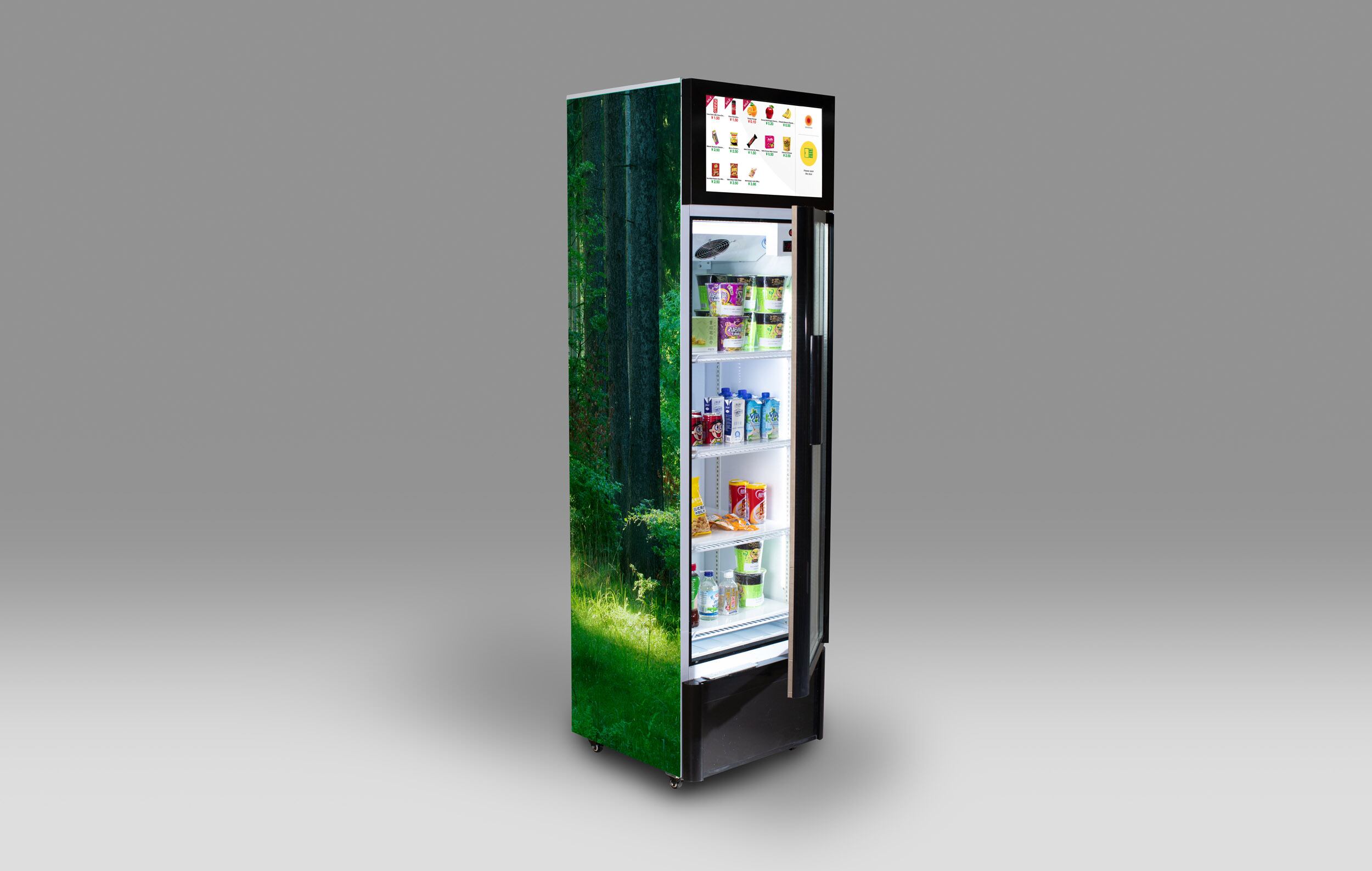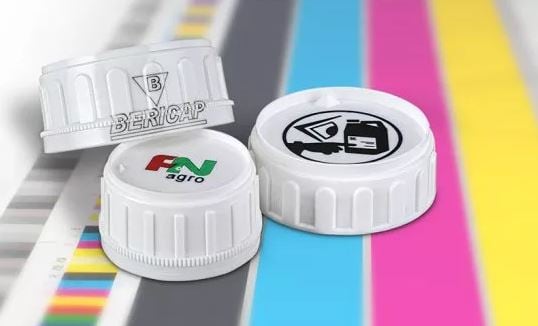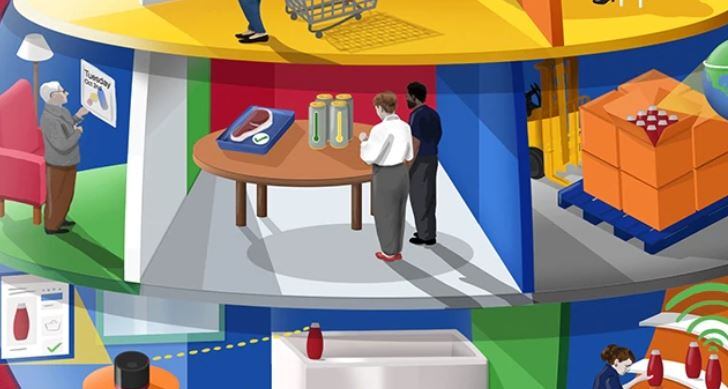Ferrante interviewed Larry Logan, 'chief evangelist', Digimarc, on the first day of the AIPSA (Active Intelligent packaging Summit Americas) in New Jersey, US (June 3-4) about completing a three-year project with the Ellen MacArthur Foundation’s New Plastics Economy, using digital watermarking to reduce plastic waste in the environment.
Easier recycling
“Digimarc Barcode is unique because it creates ‘intelligent objects’ that provide ‘hyper sorting’ in recycling facilities,” said Logan.
“The HolyGrail test results demonstrate a viable path towards much greater plastics recycling, leading to reduced waste, and validates our engagement with the Ellen MacArthur Foundation’s New Plastics Economy Global Commitment. It’s gratifying to see how these capabilities can be readily applied for social good in support of a Circular Economy for plastics.”
The HolyGrail Pioneer Project was a collaboration led by Procter & Gamble with 29 participating partners, including consumer L’Oreal, Danone, Nestlé, PepsiCo, Henkel and retailer Carrefour.
In a published report, tests show Digimarc Barcode, by turning plastic containers into “intelligent objects,” could accomplish sorting techniques that have been impossible for the industry to achieve.
By accurately distinguishing between food-grade versus non-food grade containers, Digimarc Barcode addresses a previously unmet challenge, and could have a major impact on developments in recycling in the near future.
In also identifies flexible packaging, carbon-black packaging, the composition of plastic types in multi-layers and detects the proper separation and sorting of full-body shrink-sleeved containers.
Plastic substrates
The way the Digimarc Barcode works is via a scannable 3D identity when applied in plastic substrates.
The dataset carried by the code can convey a range of attributes, including the waste item’s manufacturer, product SKU, and manufacturing facility.
The barcode automatically instructs sorting mechanisms to separate the plastic waste for higher quality and quantity of recyclable materials, to ensure manufacturers can meet their public commitments for use of recycled content and to comply with government mandates.
Digimarc Barcode can also be applied to shrink sleeves and paper labels providing opportunities for increasing the likelihood of identification and the amount of data that can be obtained.
The Global Commitment aims to build a Circular Economy for plastics by bringing together key stakeholders to rethink and redesign the future of plastics, which Digimarc signed in April 2019.



